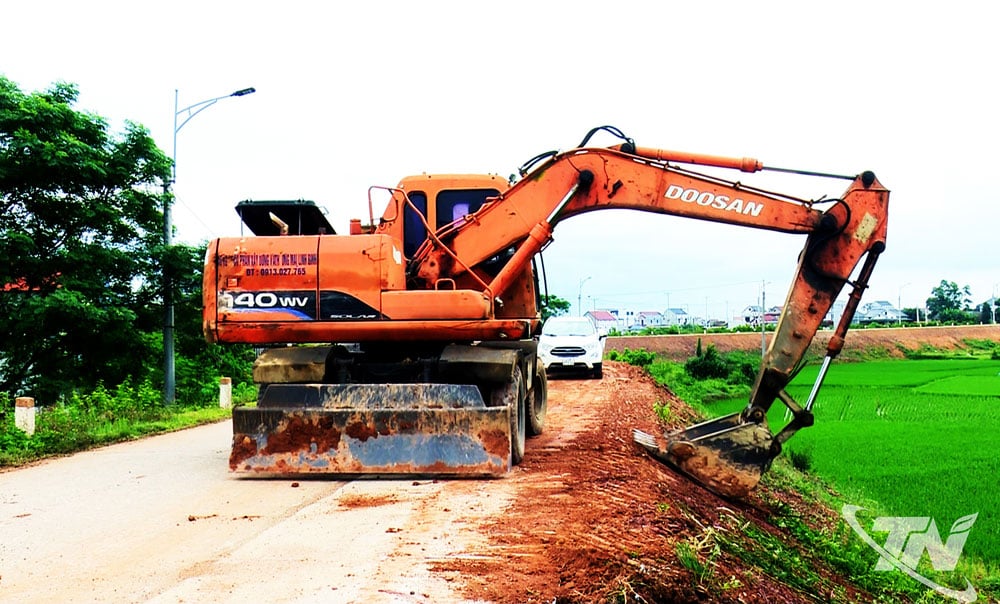 |
| Construction to overcome landslides on Ha Chau dike in Trung Thanh ward. |
Danger is present in the rainy season.
The southern area of Thai Nguyen province currently has 7 river dikes with a total length of more than 48km, including 3 level III dikes over 34km long and 4 level IV dikes nearly 14km long. These dikes run from Quan Trieu ward, along Cau river to Trung Gia commune (Hanoi city), playing an important role in preventing and combating natural disasters, while also serving the development of agriculture , industry and urban infrastructure.
Attached to the dike lines is a system of auxiliary works including 24 culverts across the dike, 29 embankments with a total length of more than 15km, 11 dike watchtowers, 14 reserve material warehouses and 3 dike management units. This is an essential facility serving the work of natural disaster prevention, control and search and rescue in the area.
According to the assessment of the Irrigation Department, the whole province still has 11 key and vulnerable locations that need special attention, including 2 provincial-level key locations and 9 vulnerable locations scattered on the Ha Chau, Cha, Gang Thep and Ta Cong dykes. Among these, the 16.44km long Ha Chau route plays a particularly important role, protecting tens of thousands of people in Diem Thuy commune and Trung Thanh and Van Xuan wards.
Although the basic status of the dike ensures the elevation, cross-section and body, termite nests, water leakage, dike roof holes, or landslides that have not been completely treated still exist in many locations. Locations such as Km2+850 - Km2+970, Km11+750 - Km11+950, or the section Km14+700 - Km16+440 are all at high risk if heavy rain continues.
The Cha dyke (10.525km) and Ta Cong dykes (7.46km) basically meet the flood protection requirements as designed. However, after storm No. 3 in 2024, some leaks and seepage appeared. The Provincial People's Committee issued an order to urgently build works to handle them.
Proactive planning, timely investment
To improve flood prevention capacity, Thai Nguyen province has increased investment in upgrading vulnerable dyke sections. One of the typical projects completed earlier this year is the embankment to urgently repair the landslide situation on the Cau River bank in Trung Thanh ward with a length of 3.64km, helping to protect the safety of more than 400 households living in the area.
Mr. Nguyen Van Tich, a resident of Trung Thanh ward, shared: Before, every rainy season, people in the area were worried because the riverbank was seriously eroding. But this year, the completion of the embankment has made us much more secure.
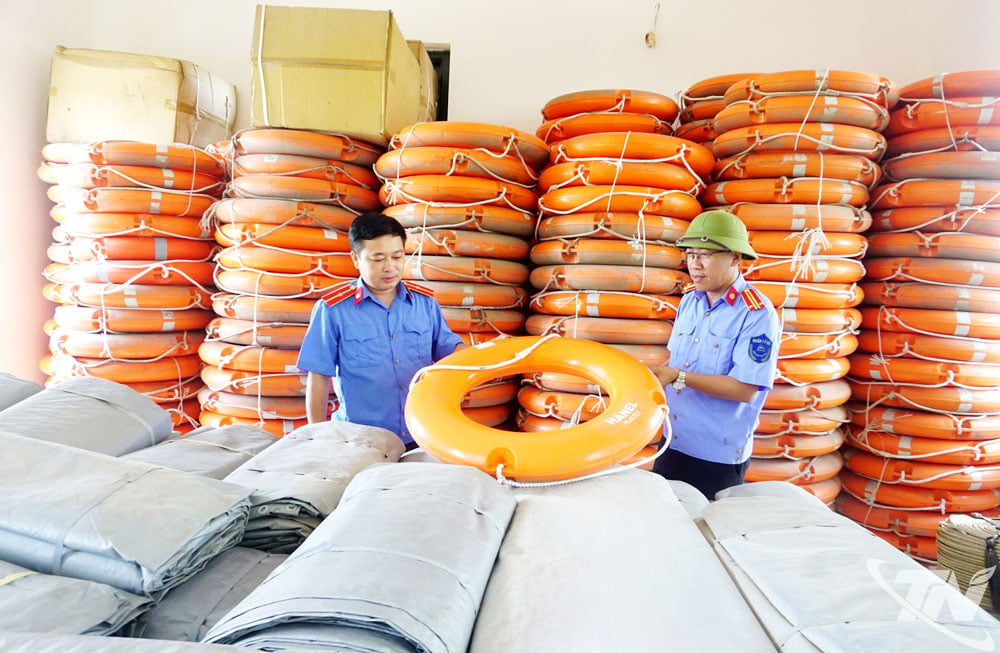 |
| Authorities check materials for disaster prevention, search and rescue. |
In 2024, Thai Nguyen province has completely handled 4 key locations. Up to now, the response work for the rainy and stormy season is being urgently deployed with the motto "four on-site": on-site command, on-site forces, on-site means and on-site logistics. Specialized dike management forces, along with militia, people and technical staff, are trained and drilled to be ready when situations arise.
Notably, the province also pays attention to synchronizing the early warning and monitoring information system, especially in areas with high risk of landslides such as the dikes along Cong and Cau rivers. Rain gauges, water level gauges, and surveillance cameras are additionally installed to serve the direction and operation work more accurately and promptly. Applying technology in dike monitoring is considered a long-term solution to minimize damage caused by natural disasters.
Towards a sustainable dike system
Implementing the direction of the Provincial Steering Committee for Natural Disaster Prevention, Control and Search and Rescue, localities with dykes have developed, reviewed and updated detailed dyke protection plans for each section. At the same time, they organized drills, clearly assigned responsibilities to each officer and unit, and fully mobilized militia, police, army, organizations and people.
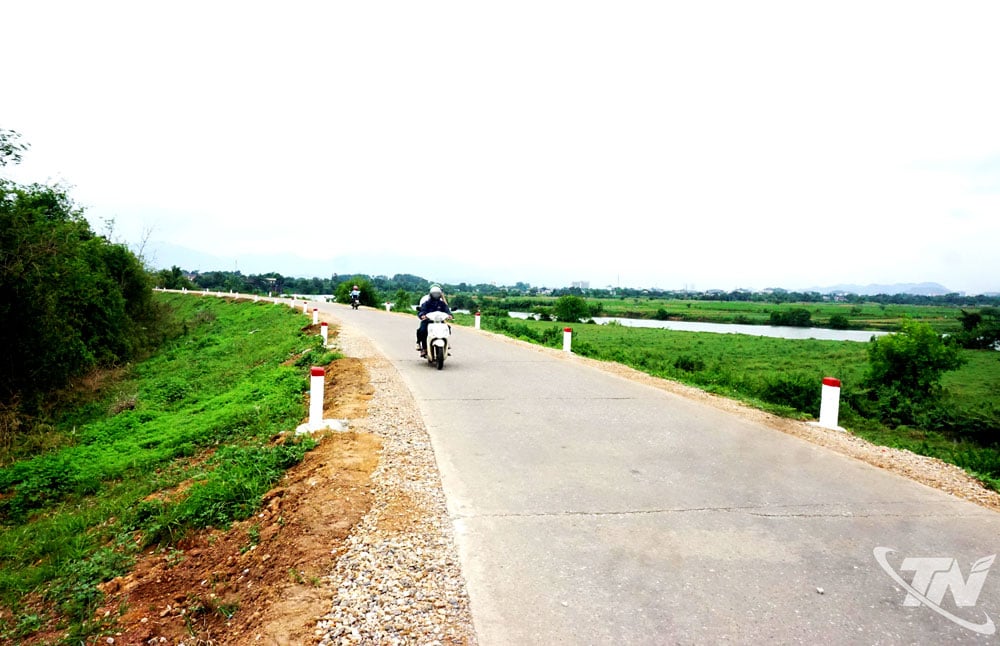 |
| The Gang Thep dike has been renovated, repaired, and its ability to withstand natural disasters has been enhanced. |
The Irrigation Sub-Department regularly reports the actual situation to the Department of Agriculture and Environment, the Provincial People's Committee and the Central agencies, especially the difficulties and problems that exceed the handling capacity of the grassroots level. Thereby, proposing timely support plans in upgrading, renovating and operating key works related to the dike system in the province.
Comrade Nguyen Thanh Binh, Member of the Provincial Party Standing Committee, Permanent Vice Chairman of the Provincial People's Committee: During the flood season, relevant units and localities must conduct inspections and identify key points to develop plans for key dike protection, especially the system of embankments, culverts and warehouses for storing materials for flood and storm prevention and control to maintain, repair and replenish materials in a timely manner...
Not only focusing on the usual dike protection plan, the province also builds a response scenario for the scenario of floods exceeding the design frequency. In extreme situations, weak points such as the Gang Thep dike (with the lowest elevation of +27.9m at Km8) are also put in a state of readiness to respond with full materials, human resources and supporting mechanical vehicles.
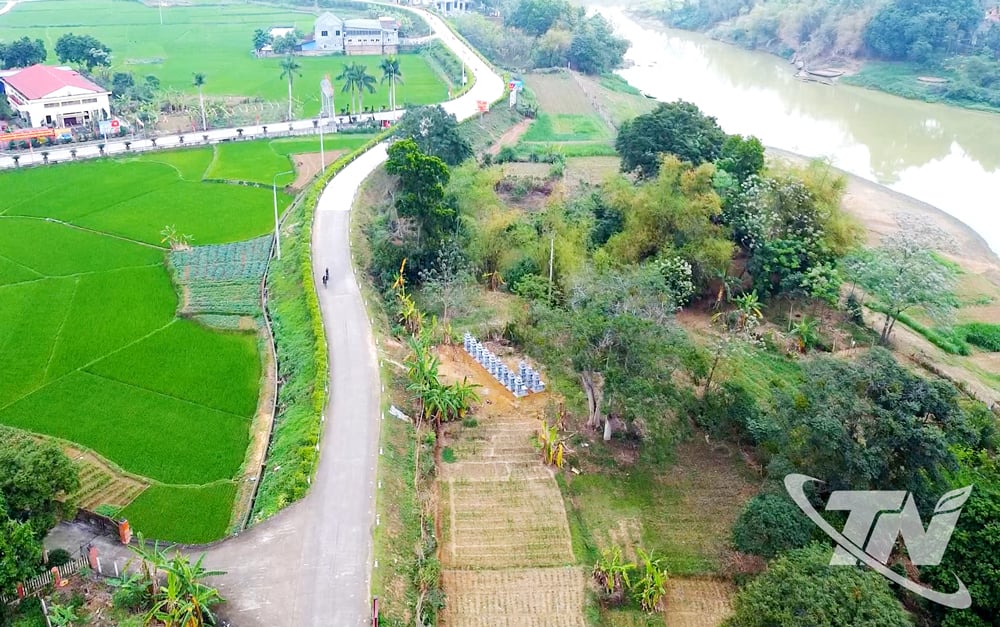 |
| Ha Chau dike (combined with traffic roads) through Diem Thuy commune is regularly inspected and reinforced to ensure safety. |
In addition to immediate urgent response measures, Thai Nguyen is also developing a medium and long-term plan to gradually upgrade and consolidate the entire dyke system in the area. The focus is on integrating dyke management with land use planning, infrastructure development and sustainable disaster prevention and control.
The locality is also proposing that the Central Government allocate more investment capital for projects to upgrade level III and IV dykes, especially dike sections affected by mineral exploitation or strongly impacted by water flow.
Mr. Nguyen Van Bac, Deputy Head of the Irrigation Sub-Department: We assign dyke duty according to each alarm level. Right from the first alarm, the functional forces have deployed continuous inspections and prepared adequate materials on site. When an incident occurs, it will be handled according to the correct procedure, promptly isolated and repaired from the first hour to prevent the risk of spreading and dyke failure.
In addition, communication and community awareness raising are also emphasized. Every year, the province organizes training courses to disseminate knowledge on natural disaster prevention and control, and skills to respond to dike incidents for grassroots officials and people in high-risk areas. Many community models participating in dike monitoring have been effective, helping to detect weaknesses early, thereby proposing timely solutions.
Faced with unpredictable weather and climate change, early and remote prevention and proactive response are becoming urgent requirements.
Thai Nguyen's proactiveness and flexibility not only demonstrate its determination to protect people's lives and property, but also contribute to stabilizing socio -economic development and maintaining security in the downstream area. This is also a testament to the spirit of community-based disaster prevention and control on the basis of comprehensive and sustainable risk management.
Source: https://baothainguyen.vn/tin-noi-bat/202507/bao-ve-trong-diem-de-dieu-xung-yeu-e102780/


![[Photo] Ca Mau "struggling" to cope with the highest tide of the year, forecast to exceed alert level 3](https://vphoto.vietnam.vn/thumb/1200x675/vietnam/resource/IMAGE/2025/11/04/1762235371445_ndo_br_trieu-cuong-2-6486-jpg.webp)

![[Photo] Panorama of the Patriotic Emulation Congress of Nhan Dan Newspaper for the period 2025-2030](https://vphoto.vietnam.vn/thumb/1200x675/vietnam/resource/IMAGE/2025/11/04/1762252775462_ndo_br_dhthiduayeuncbaond-6125-jpg.webp)
![[Photo] The road connecting Dong Nai with Ho Chi Minh City is still unfinished after 5 years of construction.](https://vphoto.vietnam.vn/thumb/1200x675/vietnam/resource/IMAGE/2025/11/04/1762241675985_ndo_br_dji-20251104104418-0635-d-resize-1295-jpg.webp)

![[Photo] Ho Chi Minh City Youth Take Action for a Cleaner Environment](https://vphoto.vietnam.vn/thumb/1200x675/vietnam/resource/IMAGE/2025/11/04/1762233574890_550816358-1108586934787014-6430522970717297480-n-1-jpg.webp)
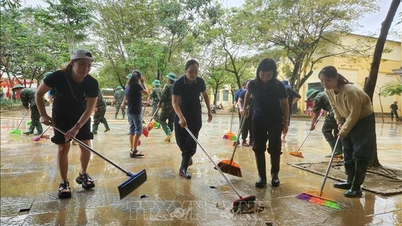

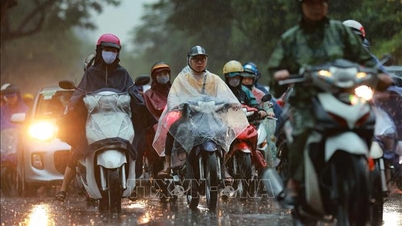
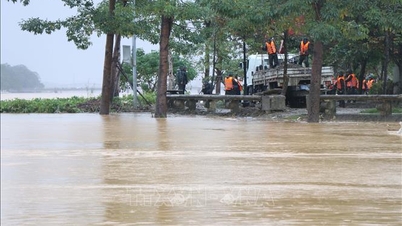
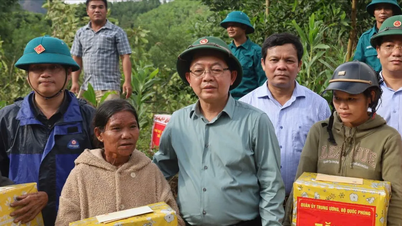

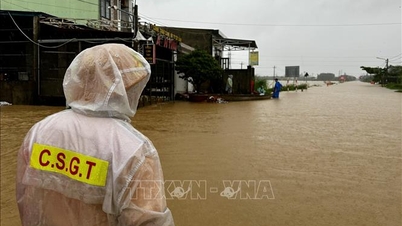




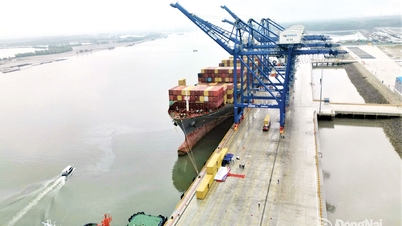



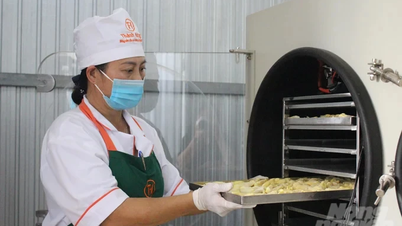








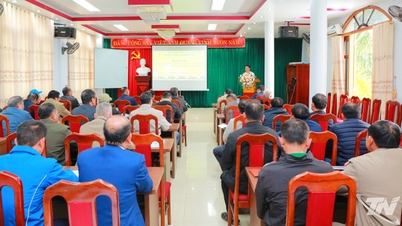

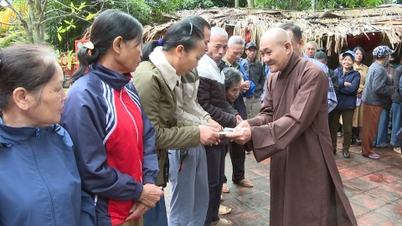
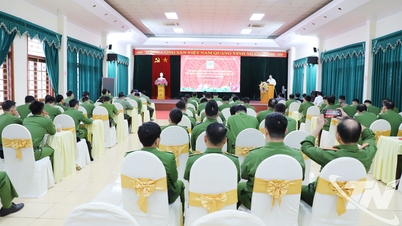
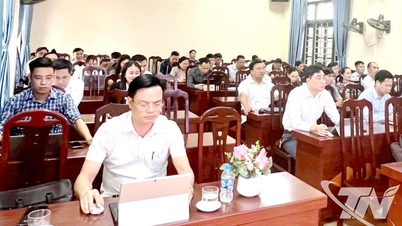






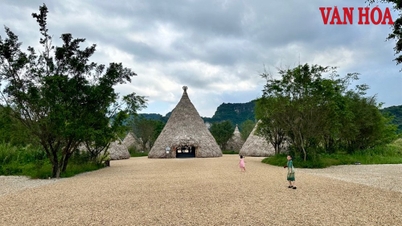






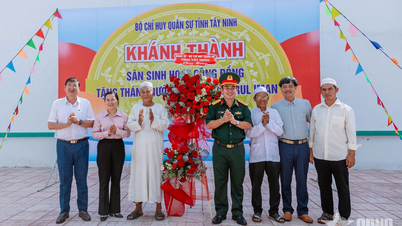









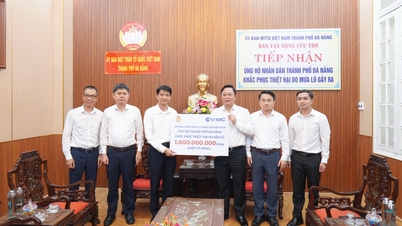





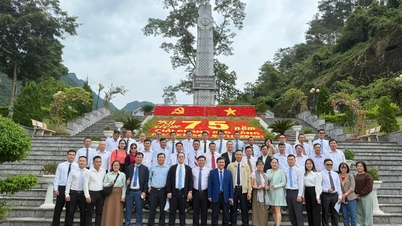
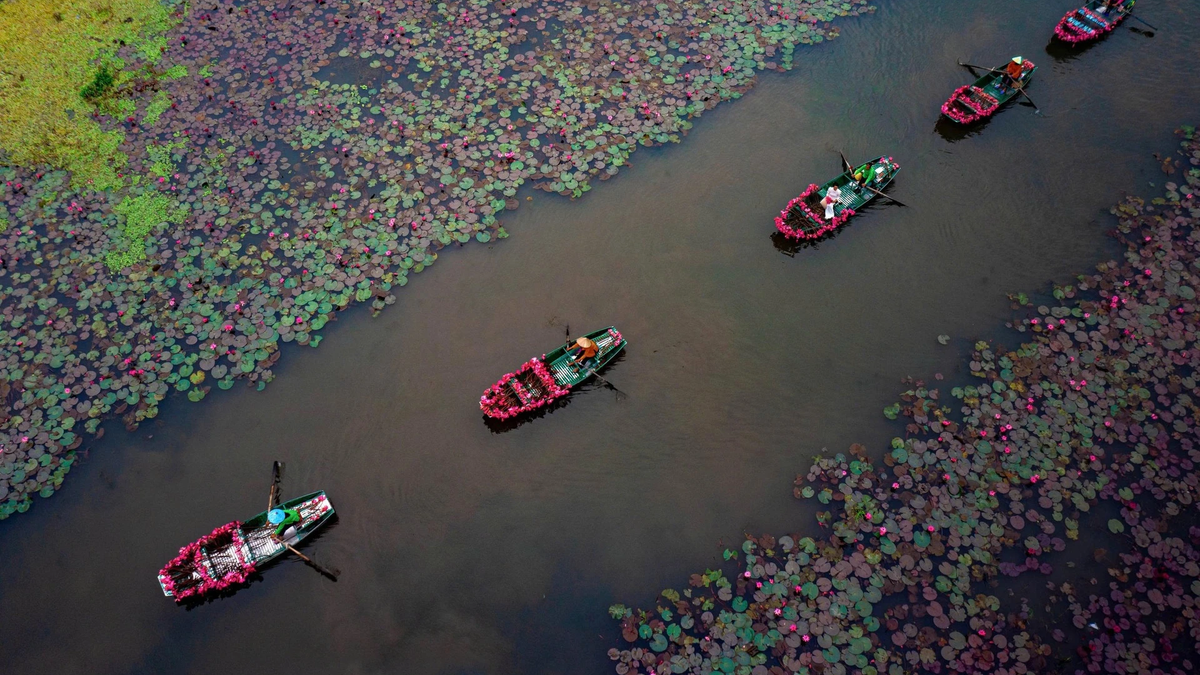
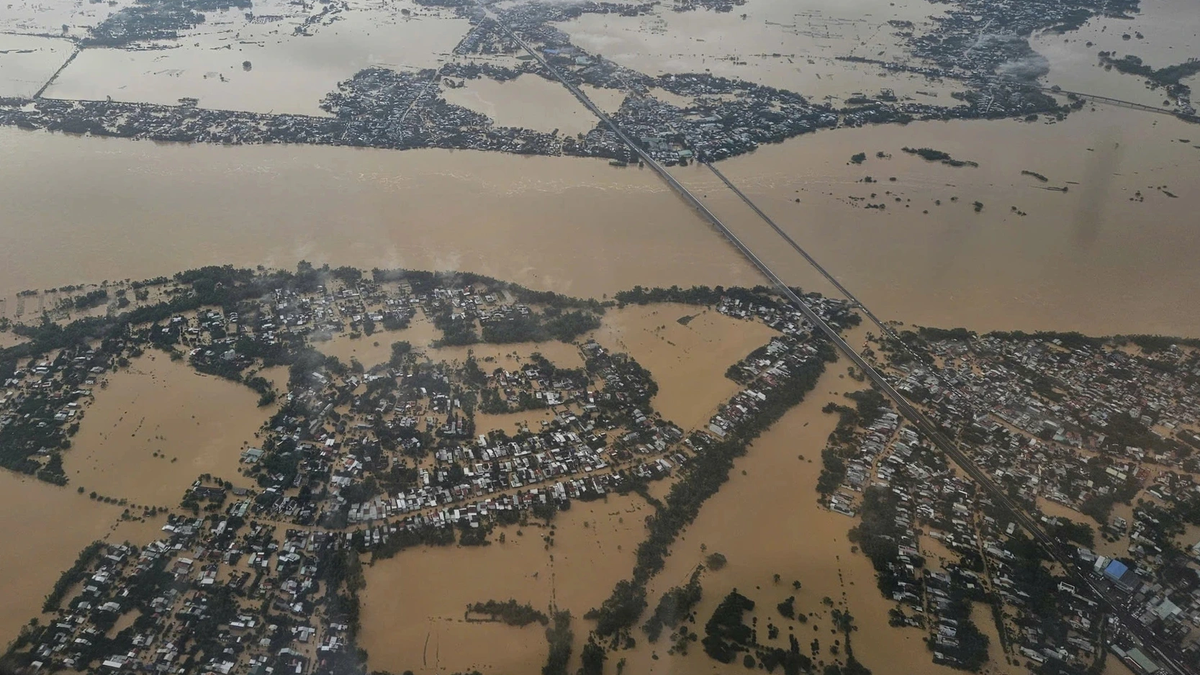

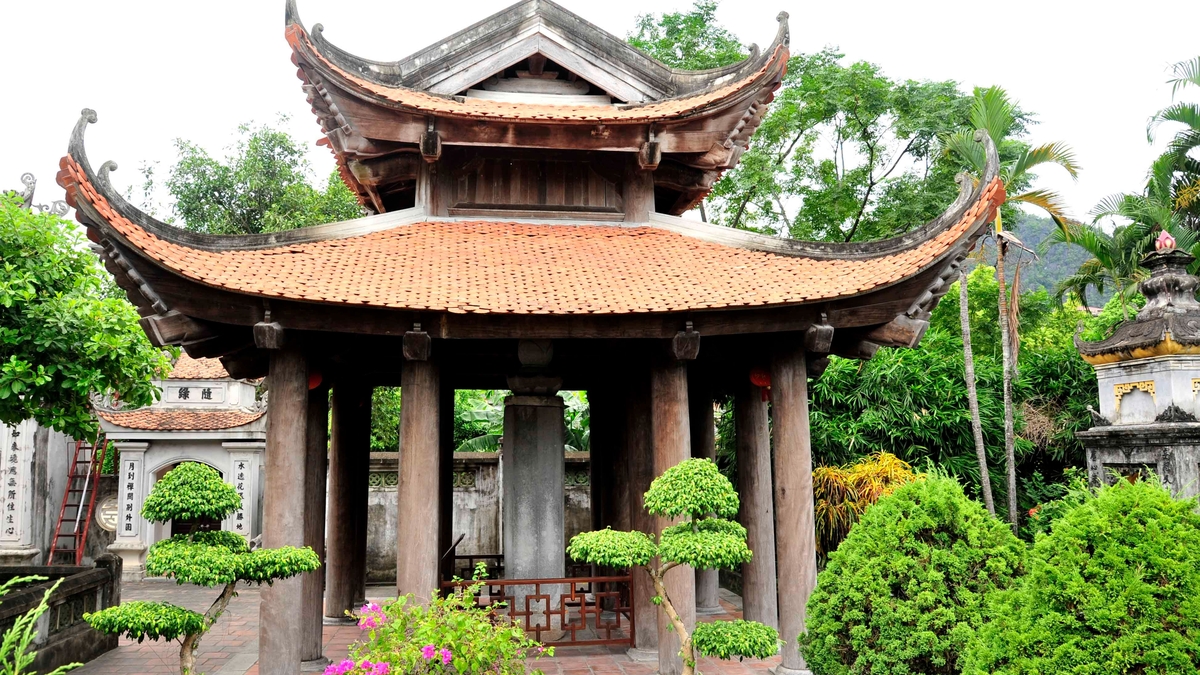

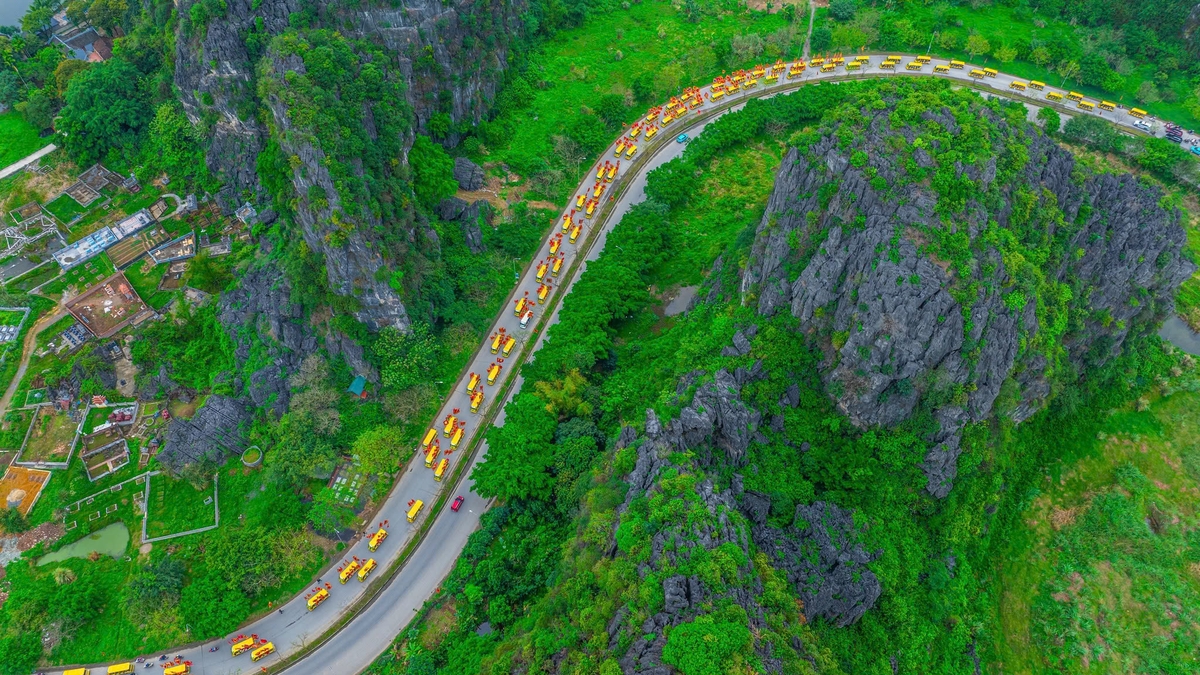



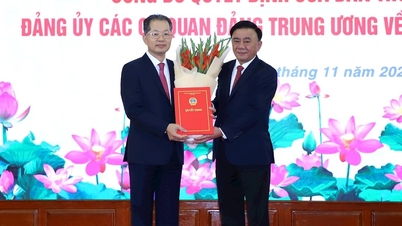


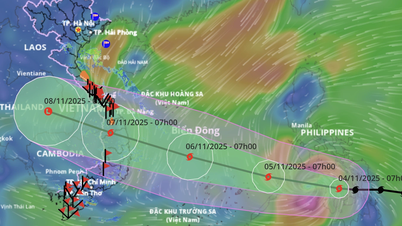





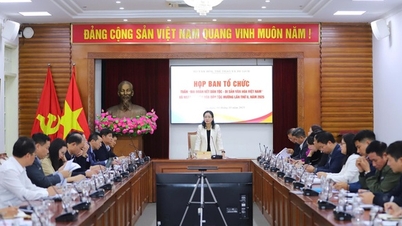


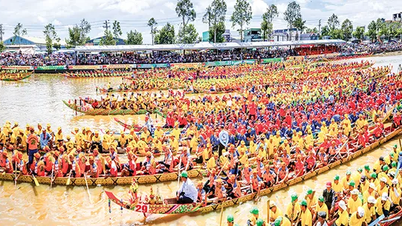



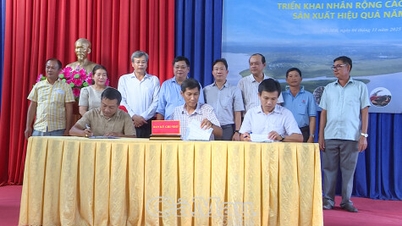
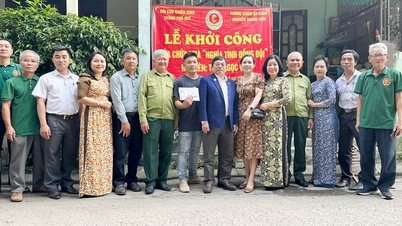

















Comment (0)